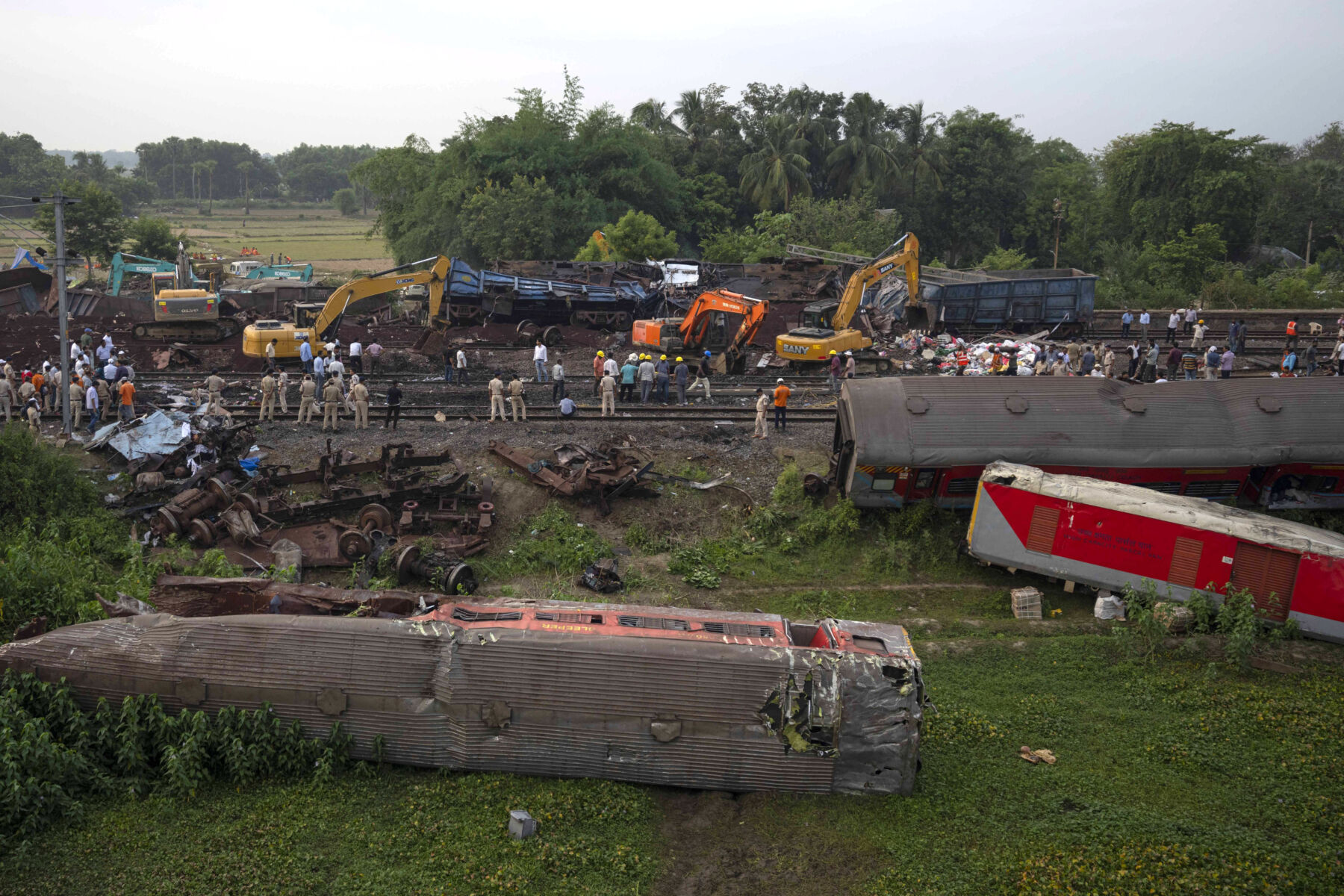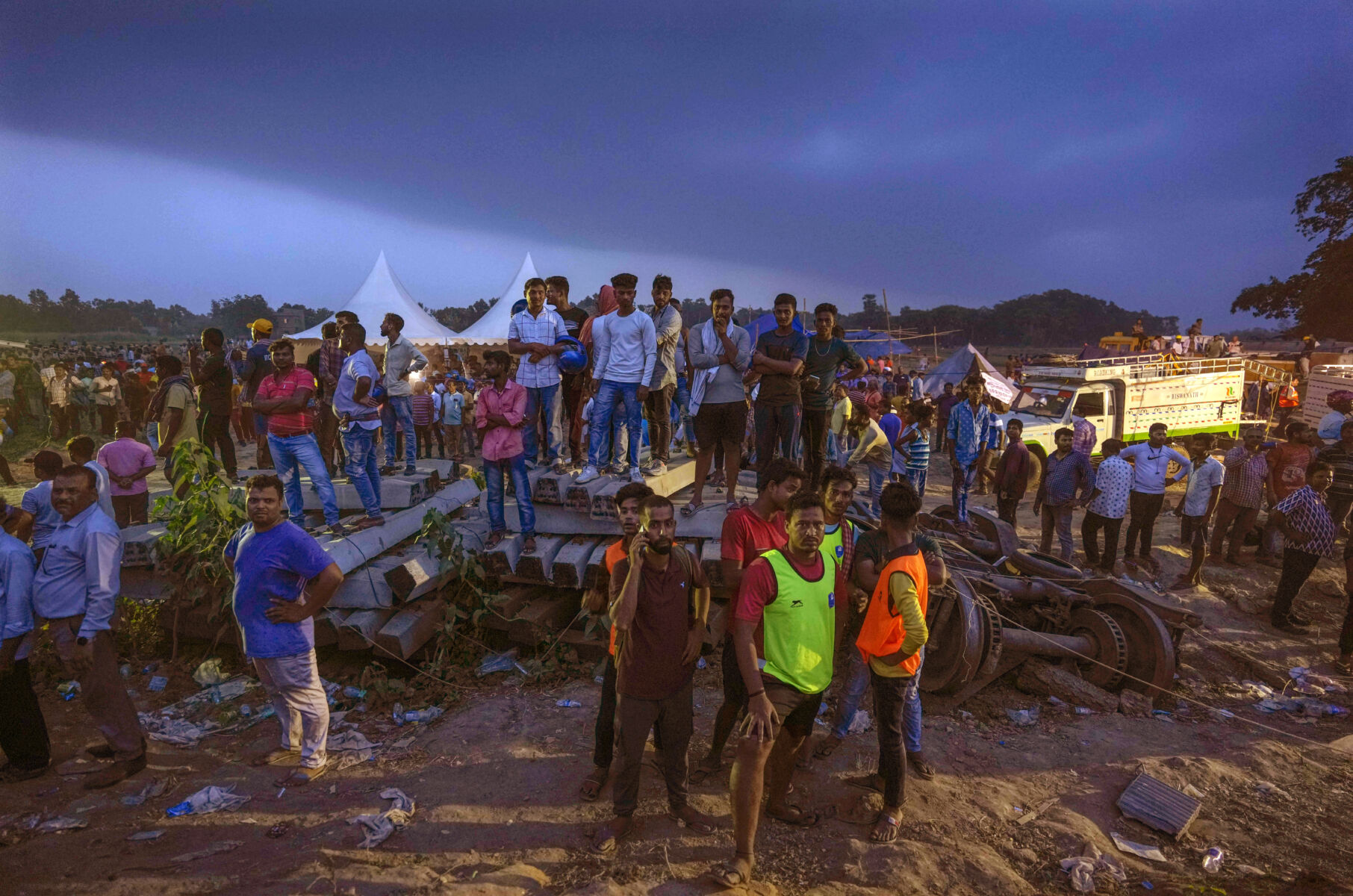Odisha train crash: Signal failure likely cause in India’s deadliest accident

India’s Railway Board has suggested that the Central Bureau of Investigation take over the inquiry into Friday’s train collision in Odisha, which claimed the lives of at least 275 people and injured nearly 1,200. The crash, which occurred near the Balasore district, is the deadliest in India in over two decades. As rescue operations concluded on Sunday, signal failure has emerged as the probable cause of the accident.
The investigation is primarily focused on the failure and suspected malfunctioning of the electronic track management system, known as the “interlocking system.” This computer-controlled system is responsible for directing trains to empty tracks at junctions and coordinating and controlling signals for oncoming trains. Sandeep Mathur, principal executive director for signalling, explained that the system should be tamper-proof and error-proof.

However, Jaya Varma Sinha, a member of the Railway Board, stated that there was likely a problem with the system. She detailed the events leading to the crash at Bahanaga station in the Balasore district, where the Coromandel Express collided with a stationary freight train carrying iron ore on a loop track. The impact caused the engine and several coaches of the Coromandel Express to derail and collide with the last two coaches of the Yeshwantpur-Howrah train travelling in the opposite direction.
Sinha mentioned that there are several possibilities for what could have gone wrong, including cable damage, short-circuiting, or machine failure. While she did not name the supplier or manufacturer of the system, she revealed that it is used across almost the entire Indian railway network.
The death toll from the crash has been revised down from 288, with more than 900 people discharged from hospitals and 260 still receiving treatment. Indian Railways, which transports over 13 million passengers daily, has been working to improve its safety record, which has been marred by ageing infrastructure, reported Channel News Asia.
Latest Thailand News
Follow The Thaiger on Google News:
























